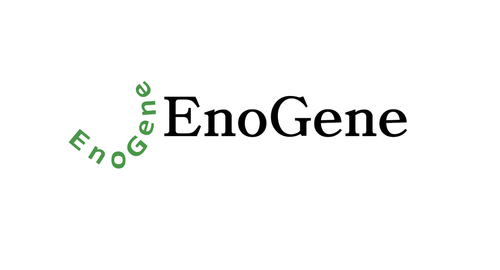Product Description
CD63 (K156) polyclonal Antibody | BS3474 | Bioworld
Host: Rabbit
Reactivity: Human
Application: WB IHC
Application Range: WB: 1:500~1:1000 IHC: 1:50~1:200
Background: CD63 (also known as LAMP-3, Melanoma-associated antigen ME491, TSPAN30, MLA1 and OMA81H) is a lysosomal membrane glycoprotein that translocates to the plasma membrane after platelet activation. CD63 is expressed on activated platelets, monocytes and macrophages, and is weakly expressed on granulocytes, T cell and B cells. It is located on the basophilic granule membranes and on the plasma membranes of lymphocytes and granulocytes. CD63 is a member of the TM4 superfamily of leukocyte glycoproteins that includes CD9, CD37 and CD53, which contain four transmembrane regions. CD63 may play a role in phagocytic and intracellular lysosome-phagosome fusion events. CD63 deficiency is associated with Hermansky-Pudlak syndrome.
Storage & Stability: Store at 4°C short term. Aliquot and store at -20°C long term. Avoid freeze-thaw cycles.
Specificity: CD63 (K156) polyclonal Antibody detects endogenous levels of CD63 protein.
Molecular Weight: ~ 30 kDa
Note: For research use only, not for use in diagnostic procedure.
Alternative Names: CD63 antigen; Granulophysin; Lysosomal-associated membrane protein 3; LAMP-3; Melanoma-associated antigen ME491; OMA81H; Ocular melanoma-associated antigen; Tetraspanin-30; Tspan-30; CD63; MLA1; TSPAN30
Immunogen: Synthetic peptide, corresponding to amino acids 111-160 of Human CD63.
Conjugate: Unconjugated
Modification: Unmodification
Purification & Purity: The Antibody was affinity-purified from rabbit antiserum by affinity-chromatography using epitope-specific immunogen and the purity is > 95% (by SDS-PAGE) .
Pathway: Regulation of Actin Dynamics,Tumor Angiogenesis,Contribution of ECM and Cytoskeletal Factors to EMT,
 Euro
Euro
 USD
USD
 British Pound
British Pound
 NULL
NULL








